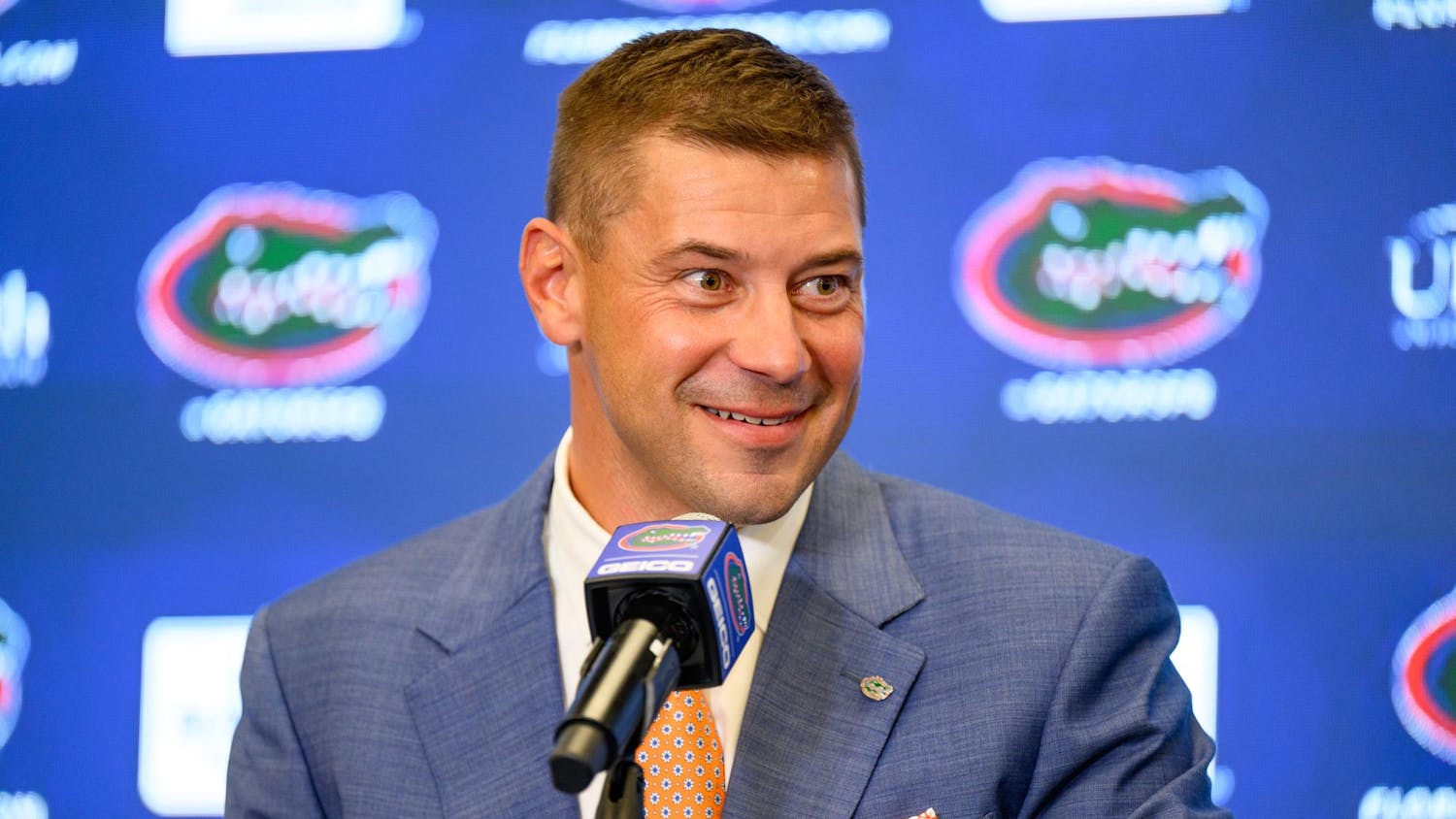The news that two missing Florida brothers were found safe in Georgia, just days after an Amber Alert was issued, is a resounding testament to a system that works.
The case of 11-year old Akachi Turner and his 3-year-old brother Aizon, who were believed to be traveling with their non-custodial mother, captured a multi-state search and galvanized law enforcement and the public. Their safe recovery is a victory, but it is also a powerful reminder of why the issue of missing children is so critical, especially in a state as vast and transient as Florida.
It is easy to become desensitized to the flood of emergency alerts that flash across our phones. The urgent buzz can often feel like just another intrusion in our digital lives. However, behind every Amber Alert is a family in a state of unimaginable terror and a child whose life may be in imminent danger.
In Florida, the stakes are particularly high. As a state with millions of residents and a constant flow of tourists, the landscape offers both opportunities for escape and a vast, complex environment for law enforcement to navigate.
The Florida Department of Law Enforcement receives thousands of missing children reports each year. While most are resolved, a small percentage of cases — those involving abduction and endangerment — demand an immediate, coordinated and public response.
This is where the Amber Alert system becomes our most powerful tool. Named after Amber Hagerman, a young girl whose tragic abduction in 1996 sparked a national movement, the system is designed to turn every citizen into an active participant in a search. When a child is abducted, law enforcement agencies in Florida can activate the alert, broadcasting critical information on digital highway signs, television and radio stations and directly to our smartphones.
The speed of this information is paramount. According to the FBI, the first few hours of a child abduction are the most crucial. The widespread dissemination of a child's photo and a vehicle description can mean the difference between a safe recovery and a tragic outcome.
The success of the Amber Alert for the Turner brothers, who were located hundreds of miles from their Florida foster home, highlights the importance of this network. As reported by 11Alive, the alert, which detailed their non-custodial mother and the vehicle they were in, was not confined to Palm Beach County but extended to Georgia, transforming a local case into a massive, interstate effort. It proved that a single sighting from a vigilant citizen can provide the tip law enforcement needs to save a life.
Ultimately, the safe return of these two children is a moment to celebrate. But it should also be a moment of reflection. It reminds us every time an Amber Alert appears, it is a call to action. It is an opportunity for each of us to pause, pay attention and lend our eyes to a search for a child in peril. Our collective vigilance is the most powerful deterrent we have, and it is a silent, selfless act that can change the course of a child’s life forever.
Sonaiya Brown is an 18-year-old UF biology sophomore.
Sonaiya Brown is a freshman photographer for Summer 2025. In her free time, she enjoys sleeping, listening to music, and most importantly, talking to her senior puppies a lot.






